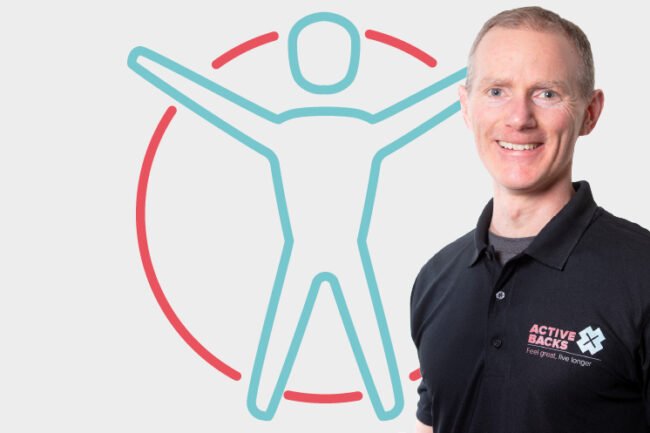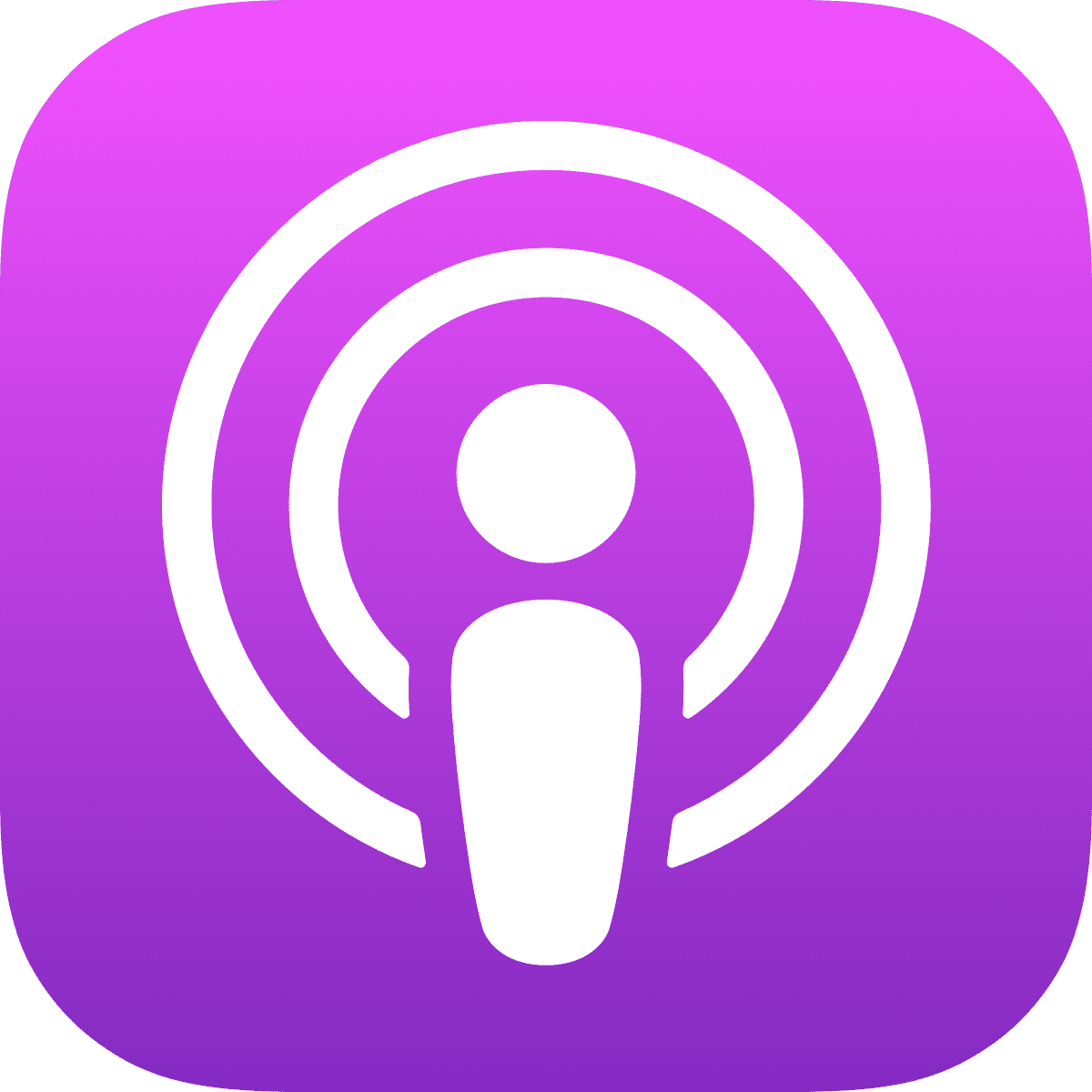How to stretch lower back pain
How to stretch lower back pain
Today’s episode is entitled “How to stretch lower back pain” and the points covered are:
- Only stretch your lower back in directions that don’t hurt
- Does stretching actually help your lower back pain?
- Why does it feel good to stretch?
- Just because it feels good, does that mean it’s OK?

Only stretch your lower back in directions that don’t hurt
If you’re going to stretch, make sure you do it in ways that don’t hurt. You may find that your back is uncomfortable. If you’ve been sitting tend to flex and bend their lower back forwards. If that’s the case, you shouldn’t stretch in that direction, but you might feel that bending backwards, stretching backwards, eases your lower back pain.
Does stretching actually help your lower back pain?
There’s no research evidence that stretching lower back pain helps in the long-term with prevention, or indeed helps you to recover faster or facilitates a speedier return to activity and less pain.
Why does it feel good to stretch?
Just because you do something and get better, doesn’t mean that’s why you got better. Maybe you were going to get better anyway. You’ll say it feels good. When you hurt something, there are little nerve endings in your lower back called nociceptors. Those nociceptors send a message through a nerve cell up towards the spinal cord, where it connects to the next nerve cell neuron, which goes up towards your brain, where you experience pain.
There are other nerves that connect into the space where the nociceptor meets the spinal cord, called mechanical receptors. If those nerves fire those mechanical receptors, they can block off the new susceptive input, they prevent the nociceptor message from getting to the spinal cord. Mechanical receptors have a little nerve endings that respond to pressure and stretch and their nerve cells fire in the presence of stretching and pressure. By doing that they block the new susceptive input from reaching a spinal cord.
That’s why it feels good. Stretching doesn’t loosen tight muscle, and even if it does, that doesn’t result in less pain. The reason you have less pain when you stretch is because of the stimulation of these mechanical receptors, which block the new susceptive input. So it feels good because it blocks a new susceptive input.
Just because it feels good, does it mean it’s OK?
Is it possible that you could be stretching and actually preventing healing from taking place? Yes. If you have a tear in the disc at the bottom of your lumbar spine, as you bend the spine forwards, you’re stretching the back of the disc. When you do that you can cause little tears in any scar tissue that’s forming. That puts you back in terms of recovery. There is an inflammatory response and the next stage of healing is the formation of scar tissue that binds the bits of the disc back together again. But if you stretch it, you tear it apart again. I often see people with low grade grumbly disc problems, or sometimes severe disc problems and they’re stretching. They’re back to square one causing a recurrence or a continuation of the inflammation, which is what irritates the nerve and makes it painful. If you want the disc to heal, avoid stretching it.
That peripheral third of most people’s lumbar spine discs, or indeed all intervertebral discs, doesn’t have a direct nerve supply. You can tear it, injure it, and you won’t know. You won’t feel anything, but hours later, when the inflammation builds up, it gets really sore. If you have atear and you are stretching it, you may be retailing the scar tissue and preventing it from healing. It might feel good because you’re stimulating your mechanical receptors, which are blocking a new susceptive input in the very short term. But unfortunately, you’re actually preventing healing from taking place.


